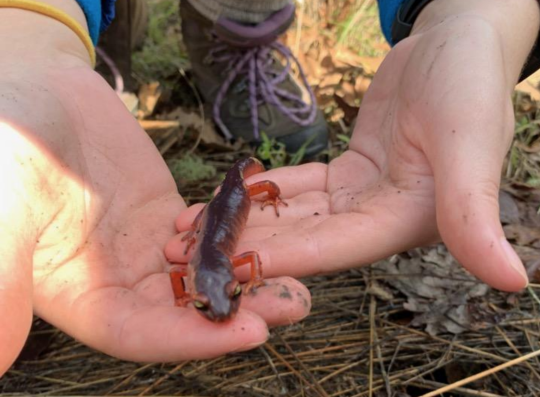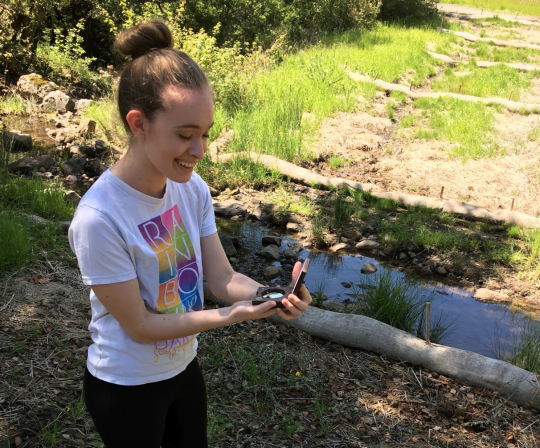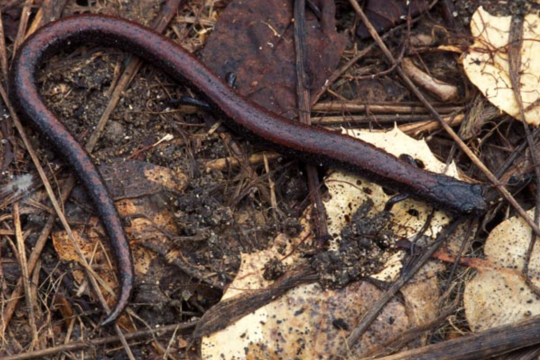Effects of microclimate on herpetofaunal diversity
Effects of microclimate on herpetofaunal diversity
Lull et al 2017: We investigated soil moisture and canopy cover at Fairfield Osborn Preserve to assess habitat suitability for the California slender salamander.
Gonzales et al 2017: We investigated how the canopy coverage along Copeland Creek impacts air and water temperatures, to assess whether or not conditions in and along the creek are within an appropriate range for amphibians.
Demetriou et al 2019: We measured microclimate (temperature and moisture) and the abundance of reptiles and amphibians under natural woody debris and coverboards at the Osborn Preserve. During the study period, coverboards were drier and had a greater diversity of species.
| Title | Format | Download | Students |
|---|---|---|---|
| "Is FOP Canopy Cover and Soil Moisture Suitable for the Slender Salamander?" | poster | Sarah Lull, Emma Lainez, Camille Marinier, Arianna Sousa | |
| "Canopy Coverage, Air Temperature, and Water Temperature Along Copeland Creek at Sonoma State University" | poster | Amy Gonzalez, Kirin Booth, Madison Ealy | |
| "Soil Dwelling Organisms: Why Do They Live Where They Live?" | presentation | Gabe Holmes, Sophia Demetriou, Ethan Herlihy |
Project Date:
2017 to 2019
Faculty:
- Wendy St. John
- Martha Shott
- Nathan Rank
Departments:
- Biology
- Mathematics & Statistics
Partners:
- Center for Environmental Inquiry
Students:
- SCI 120
Locations:
- Fairfield Osborn Preserve
- Sonoma County
Project Topics:
- Biodiversity
- Water











